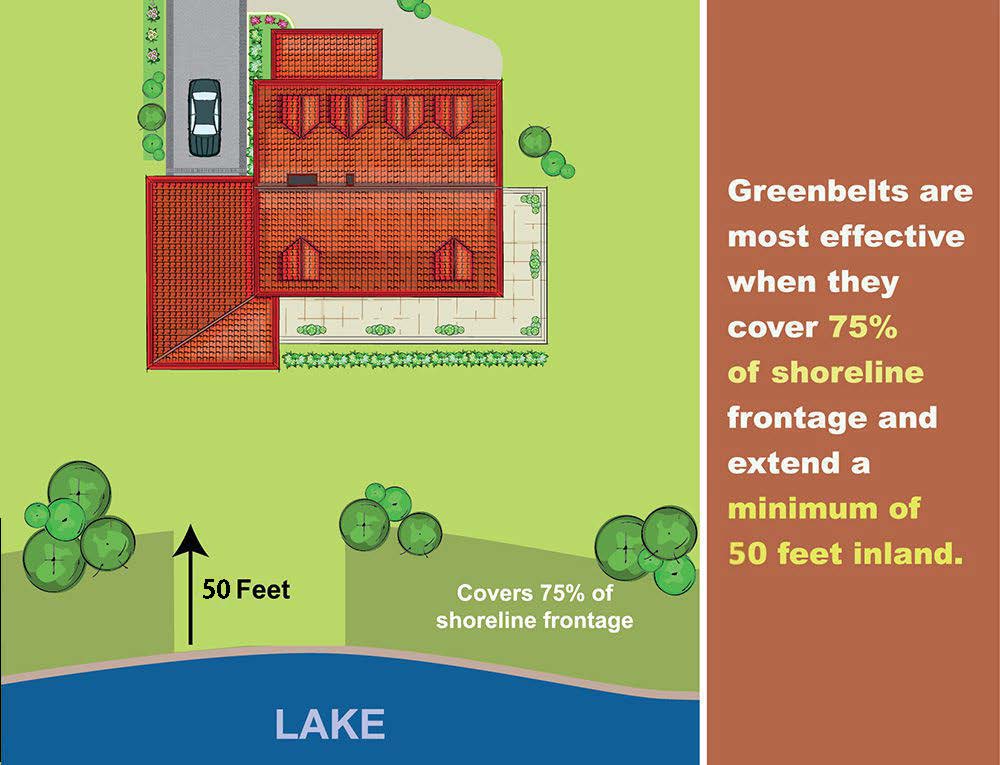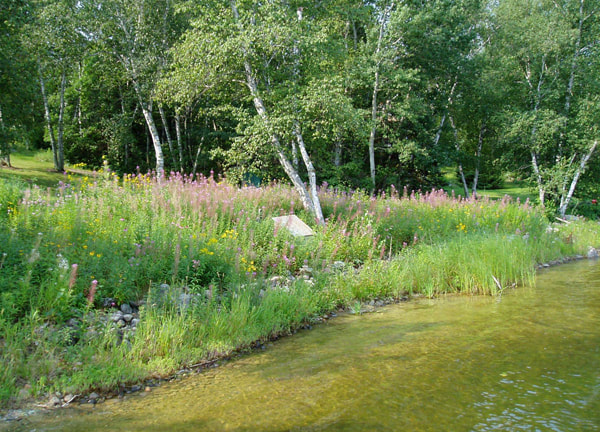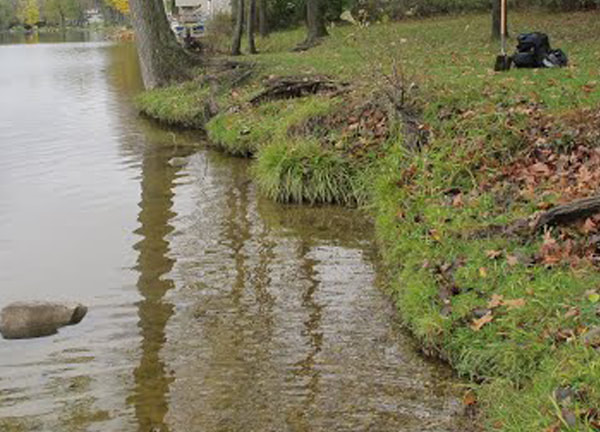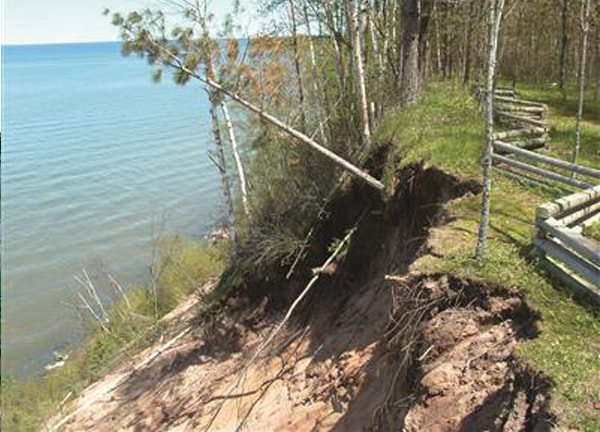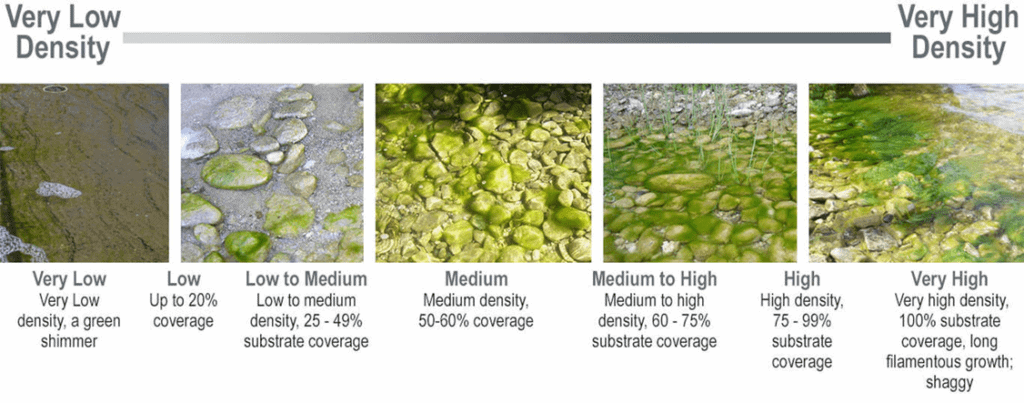Project Summary
During the summer of 2016, the Tip of the Mitt Watershed Council conducted a shoreline survey of Mullett Lake. Surveys were designed to replicate a 2008 shoreline survey, documenting conditions that can impact water quality, including the three biggest threats to inland lakes: nutrient pollution, habitat loss, and shoreline erosion. With funding from the Mullett Lake Area Preservation Society (MAPS), this assessment was conducted on a parcel by parcel basis. Within the Mullett Lake Watershed, shoreline properties have the greatest potential to impact Mullett Lake water quality. Survey results indicate that human activity along Mullett Lake shoreline is likely impacting the lake ecosystem and water quality.
For the full 2016 Mullett Lake Shoreline Survey Report, click here.
Please select your randomized shoreline number from the drop down in the “Shoreline ID” box below. Your randomized number was provided in the mail. Results for greenbelt score, Cladophora density, and erosion will appear by hitting ‘apply’. Your erosion and Cladophora results correspond to a code in the right panel with a short description. Click the tabs to learn more about each parameter. A legend for each map layer is shown by clicking the arrow next to the checked layer. Please do not hesitate to contact Mullett Lake Preservation Society (MAPS) or Tip of the Mitt Watershed Council for more information.
Kind regards,
Mullett Lake Area Preservation Society
Greenbelt Scores
Table 8. Greenbelt Scoring Chart.
Score | Length (%) | Depth (feet) |
0 | Absent | Absent |
1 | <10% | <10 |
2 | 10-25% | 10-40 |
3 | 25-75% | >40 |
4 | >75% | N/A |
Greenbelt ratings for the length and depth of the vegetation were summed to produce an overall score describing the status, or health, of the greenbelt. Scores of 0 were considered very poor, 1-2: poor, 3-4: moderate, 5-6: good, and 7: excellent.
Erosion Severity
L = Exposed soils, gullies up to 1″ deep. |
M = Exposed soils, gullies greater than 1″ but less than 6″ deep, and/or banks undercut by 6″ (minor slumping) |
H = Exposed soils, gullies greater than 6″ deep, and/or banks undercut by more than 6″ (severe slumping) |
Cladophora Density
To improve your stewardship, visit the Michigan Shoreland Stewards (MiSS) website. The MiSS program provides recognition for lakefront property owners who are protecting inland lakes through best management practices on their property and provides recommendations for improving your shoreline

